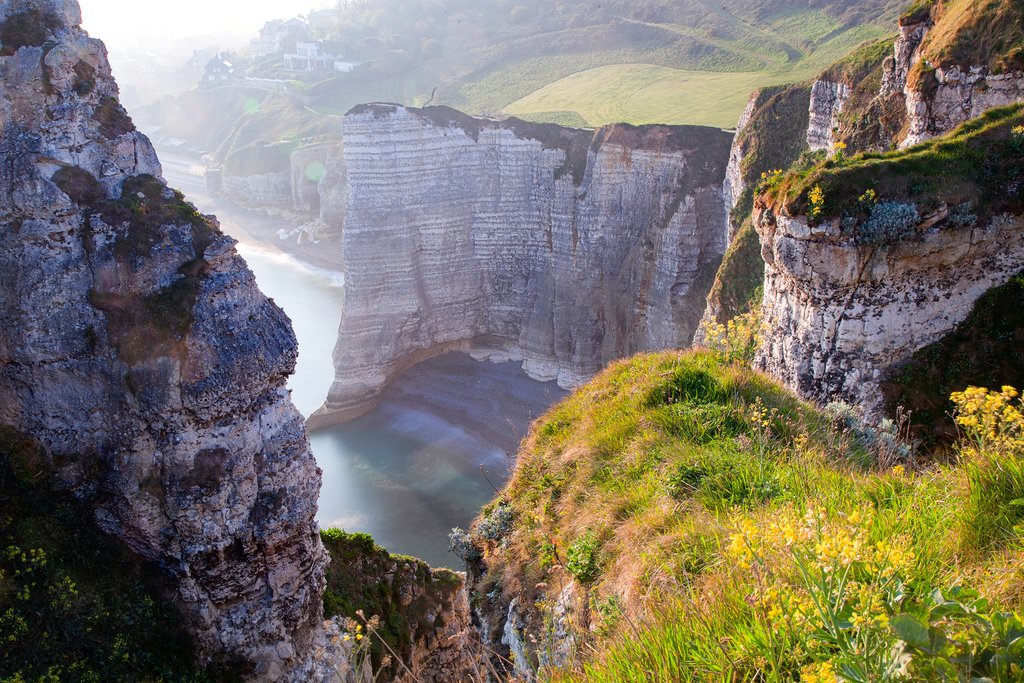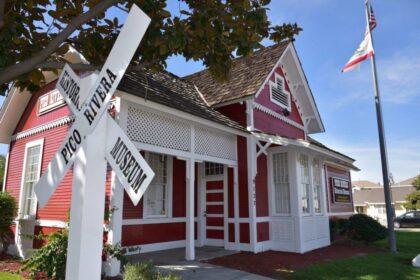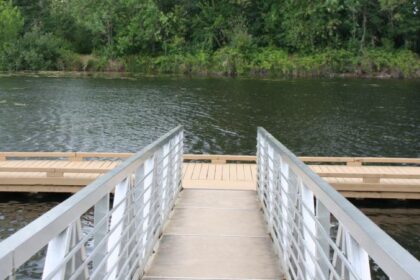Normandy has an immense role in European history. This northern region of France with its rich and fierce history is well remembered. The Norman invasion of England in 1066, the D-Day landings of 1944, the remarkable and iconic island monastery of Mont St-Michel are just a few of the events and places deeply marked in history books. Moving forward in time, Normandy boasts of lovely coastal landscapes, pebbly beaches, fine museums, quiet rustic villages, and architectural gems. Take a look below for 30 amazing and fun facts about Normandy.
1. The Seine and Eure valleys in Normandy were populated since Paleolithic times.
2. Their Celtic dwellers were occupied by Julius Caesar in 56 BCE, and the region ultimately became the Roman province of Gallia Lugdunensis Secunda.
3. The regions’ residents were Christianized in the 3rd and 4th centuries CE and passed under Merovingian Frankish rule in the late 5th century, becoming part of the Frankish kingdom of Neustria.
4. From the 8th century, the Normandy coast was frequently devastated by Vikings or Northmen’s raids.
5. In the course of their ravages, the Vikings penetrated farther inland.
6. Finally the French king Charles III the Simple surrendered the territory to the chief of the largest band of Vikings – Rollo, in the Treaty of St. Clair-Sur-Epte (911).
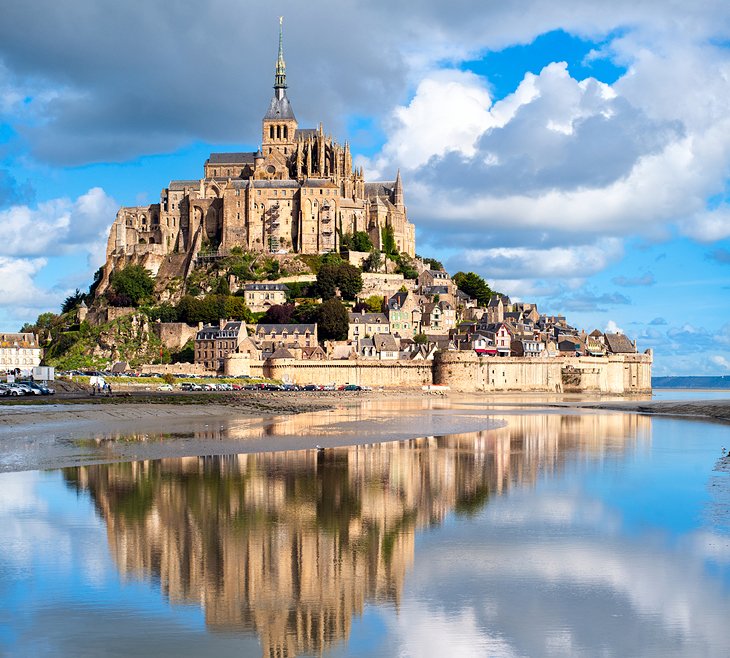
7. Rollo is widely recognized as the founder of the Norman civilization.
8. Many Scandinavians, Rollo’s countrymen, immigrated in to settle the country, and they adopted the French language, customs, and religion.
9. These Vikings became known as Normans, and the region they settled became known as Normandy.
10. On the 6th of June 1944, the largest military landing in history took place in Normandy when 300,000 troops landed for the Normandy invasion, leading to the beginning of the end of World War II in Europe.
11. Living commemorations of the Battle of Normandy are the monuments, museums, bunkers, and cemeteries.
12. To tour the beaches of Normandy one should start with the first town liberated by the Allies, the town of Bayeux.
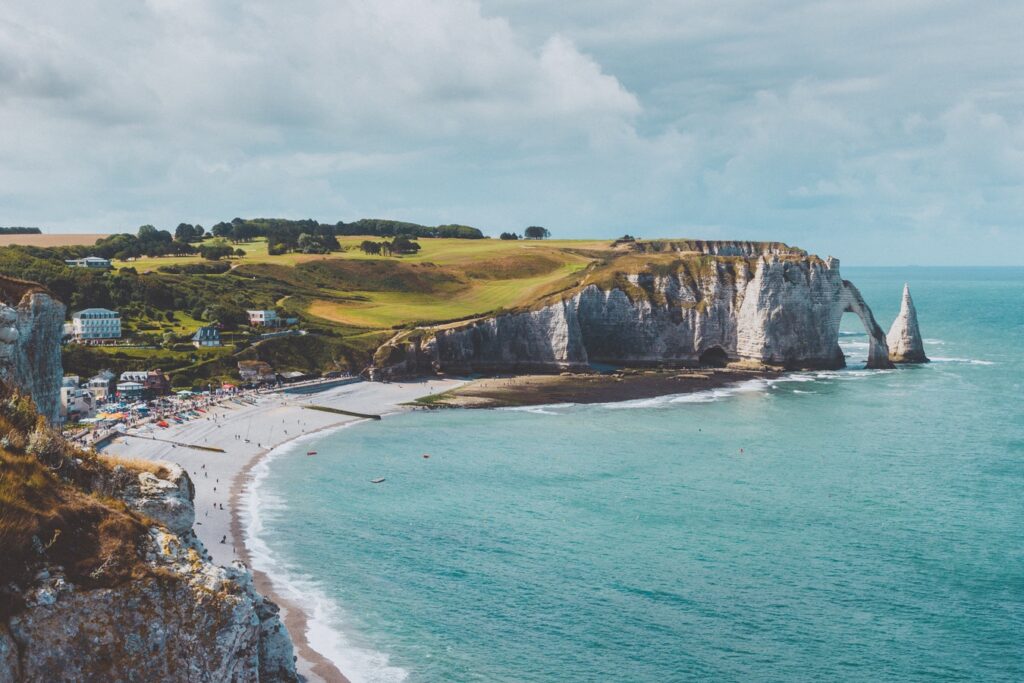
13. Bayeux is home to the 200-foot long Bayeux Tapestry, a world-famous masterwork of embroidery whose vivid scenes portray the epic tale of William the Conqueror’s expedition to England in the 11th.
14. The region has two capital cities, in the lower region Caen and in the upper region Rouen.
15. The Normandy region contains 360-miles of coastline bounded by the English Channel. The north Granite cliffs surround the west, while limestone cliffs can be found in the east.
16. The historic towns of Caen, Bayeux, and Rouen are economic centers surrounded by rich farmland.
17. Only about 13 % of the region is forested, and the Seine River’s oxbows uniquely shape the lush landscape.
18. The Normandy region, under French sovereignty, covers 19,000 square miles, which is approximately 5 % of the territory of France.
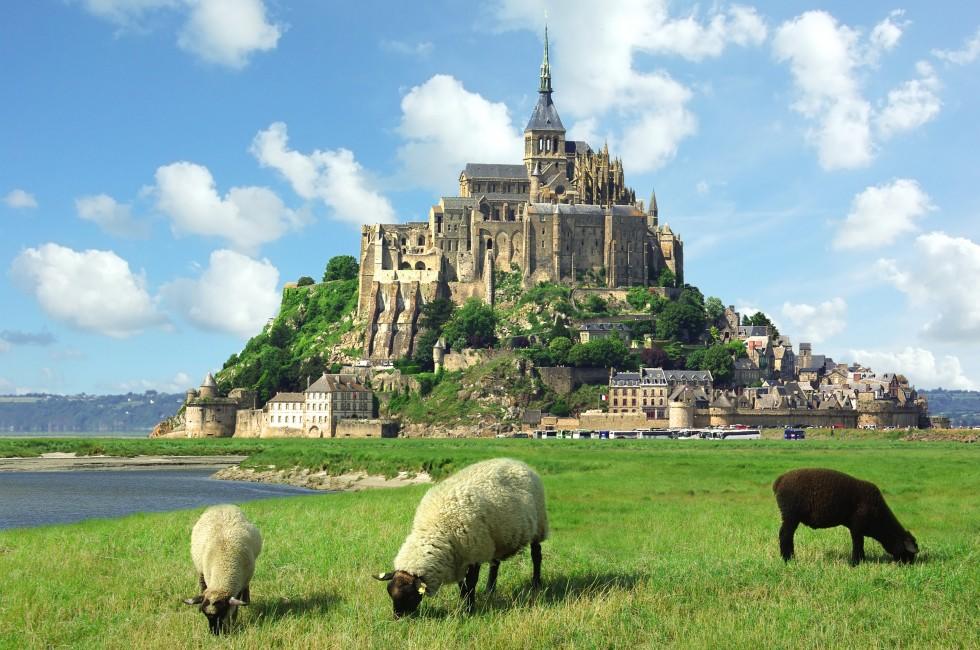
19. Today the population of Normandy is around 3.5 million, which is also approximately 5% of the French population.
20. The port of Le Havre is France’s largest international shipping port, though, in the 19th century, European immigrants to America always sailed out of Cherbourg.
21. The topmost visited sites in Normandy include the Abbey of Mon-Saint-Michel and Giverny.
22. Normandy is also known for being the 2nd gardens boasting of more than 100 gardens and parks within the region.
23. The region is also the 5th largest golf destination in the country with more than 38 golf courses.
24. Normandy is 3rd between the largest regions in France with historical monuments.

25. To form the new administrative entity of Normandy, the Basse-Normandie région was joined with the région of Haute-Normandie in 2016.
26. The scenic coast is a must-see site in Normandy! The Normandy coastline is graded amongst the world’s most famous coasts with an extensive beach bordered by cliffs.
27. The coast of Normandy has 80 sites that have been dedicated to D-Day.
28. Being on the Atlantic coast the D-Day beaches can be windy all year round, rain is always a possibility too – even in the summer.
29. Normandy is known as the spiritual birthplace of impressionism.
30. A great many artists received inspiration while living and working in the Normandy region.

